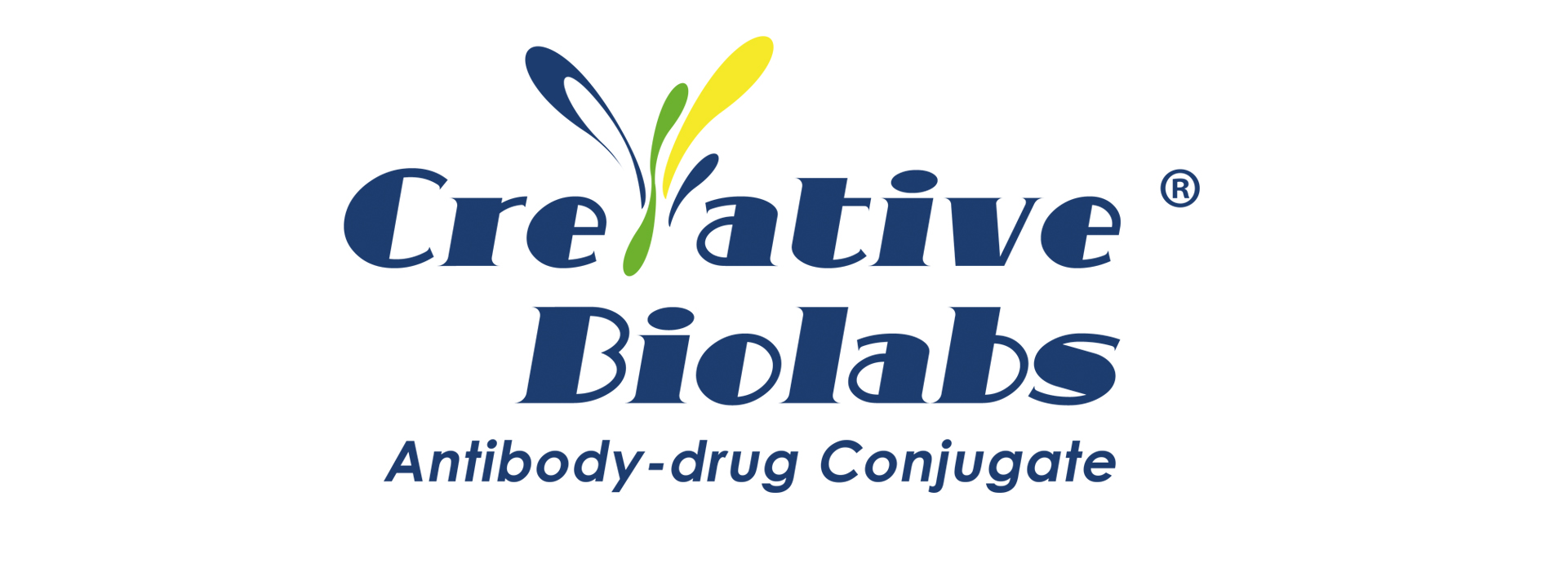Antibody-Oligonucleotide Conjugates (AOCs) represent a new medical frontier which emerged through the integration of antibody technology with nucleic acid therapies. These hybrid molecules which integrate monoclonal antibodies precision with oligonucleotides gene-editing ability are changing the way researchers address previously untreatable diseases. Within the last five years AOCs have become fundamental in next-generation therapeutics through clinical trials that work on diseases from rare genetic disorders to aggressive cancers.
How AOCs Work: Design and Delivery
At their core, AOCs consist of three elements: The AOC structure includes three main components which are a targeting antibody that binds to specific cell proteins and delivers an oligonucleotide payload through a linker mechanism. The antibody functions as a navigation system targeting proteins on diseased cells while the oligonucleotide payload which often consists of siRNA or antisense RNA disrupts incorrect genetic information. In cancer treatment using AOCs, an antibody can bind to a tumor marker which then releases siRNA to inhibit the function of genes that cause excessive cell division.
One of the most exciting breakthroughs lies in AOC Conjugation Strategies. Scientists are moving beyond traditional chemical linking methods to techniques like site-specific engineering. By modifying antibodies to carry reactive cysteine groups, teams can attach oligonucleotides at defined sites, ensuring consistency in drug-to-antibody ratios. Clever linker designs also play a role—some break apart only when exposed to enzymes inside cells, preventing premature payload release.
Where AOCs Are Making Waves: Real-World Applications
The versatility of Antibody-Oligonucleotide Conjugate (AOC) Applications is becoming clear across three key areas:
- Fighting Neuromuscular Diseases
In myotonic dystrophy type 1 (DM1), toxic RNA clusters paralyze muscle function. Early trials show that AOCs carrying siRNA can penetrate muscle cells, dismantle these RNA clumps, and restore movement. Patients in recent studies reported improved hand coordination and walking stamina—a glimpse of hope for this progressive condition. - Breaking Through the Blood-Brain Barrier
Treating brain disorders like Huntington’s disease requires getting drugs past the brain’s security system. Researchers are engineering AOCs to hitch rides on transferrin receptors, natural transporters that shuttle iron into neurons. In animal models, these “Trojan horse” AOCs successfully delivered antisense oligonucleotides to reduce harmful protein buildup. - A New Angle in Cancer Therapy
Beyond chemotherapy’s blunt force, AOCs offer surgical strikes. One experimental conjugate targets HER2-positive breast cancer cells, delivering CpG oligonucleotides to rev up immune attacks. Another aims at EGFR mutations in lung tumors, using antisense RNA to block survival signals. These approaches could reduce collateral damage to healthy tissues.
The Hurdles in AOC Development
Despite their promise, creating effective AOCs isn’t without obstacles. Antibody-Oligonucleotide Conjugate (AOC) Development faces three major challenges:
- Delivery Roadblocks
Even when AOCs reach target cells, many get trapped in cellular “storage rooms” called endosomes. To fix this, labs are testing additives like pH-sensitive polymers that help oligonucleotides escape into the cytoplasm—where they can actually work. - Manufacturing Headaches
Building AOCs demands precision. Unlike traditional drugs, both antibodies and oligonucleotides require strict quality checks. Emerging methods like click chemistry (think molecular Lego blocks) are speeding up production while maintaining consistency. - Immune System Interference
Repeated AOC doses might alert the body’s defenses. Solutions include “humanizing” antibody components and modifying oligonucleotides with 2′-O-methyl groups—a stealth coating that evades immune detection.
The field hit a milestone in 2024 when a Phase III trial for a neuromuscular AOC showed sustained benefits with minimal side effects. Regulatory agencies have since fast-tracked several candidates, particularly for rare diseases lacking treatments.
What’s Next for AOCs?
Industry analysts predict explosive growth for AOCs by 2030, fueled by these trends:
- Collaborative Innovation
Academic labs are teaming up with biotech firms to explore CRISPR-based oligonucleotides and self-assembling linkers. One partnership recently unveiled an AOC platform that swaps payloads like interchangeable toolkits. - Beyond siRNA
The latest AOCs carry diverse payloads: microRNA blockers to regulate gene networks, splice-switching oligos to fix mRNA errors, and even gene-editing tools for permanent corrections. - AI-Powered Design
Machine learning models now predict how antibody-oligonucleotide pairs behave in the body, slashing trial-and-error in the lab. One algorithm reduced linker optimization time from months to weeks.
Closing Thoughts
AOCs exemplify how merging established technologies can spark medical revolutions. While questions remain—particularly about scaling production and ensuring long-term safety—the pace of innovation suggests these molecules will soon transition from lab marvels to life-changing therapies. As one researcher put it, “We’re not just targeting diseases anymore; we’re reprogramming their genetic software.”
Antibody-Oligonucleotide Conjugates (AOCs): Precision Tools for Diagnostics and Therapeutics
At Creative Biolabs, we pioneer the development of Antibody-Oligonucleotide Conjugates (AOCs), versatile hybrid molecules that merge antibody specificity with oligonucleotide functionality. Our AOC platforms empower groundbreaking applications in diagnostics, imaging, and targeted therapies, delivering unmatched precision for your research and development goals.
Explore Our AOC Solutions by Application:
- Diagnostics & Detection Technologies
- AOC for Immuno-PCR (IPCR): Amplify detection sensitivity in low-abundance biomarker assays.
- AOC for Proximity Ligation Assay (PLA): Enable localized DNA amplification for protein interaction analysis.
- AOC for Proximity Extension Assay (PEA): Facilitate multiplexed protein quantification with PCR-based readouts.
- AOC for Electrochemical Proximity Assay (ECPA): Achieve rapid, label-free detection in point-of-care systems.
- Therapeutics & Advanced Imaging
- AOC for Super-Resolution Microscopy: Visualize subcellular structures with nanoscale precision.
- AOC for DNA-PAINT Imaging: Enable dynamic, multiplexed imaging of molecular targets.
- AOC for Therapeutic Development: Design targeted drug delivery systems or gene-modulating therapies.
- High-Throughput Screening & Arrays
- AOC for Protein Arrays: Enhance multiplexed protein profiling for biomarker discovery.
Why Choose Creative Biolabs?
- Custom Design: Tailored AOCs with optimized antibody-oligonucleotide ratios and linker chemistries.
- Cross-Disciplinary Expertise: Seamless integration of immunology, molecular biology, and nanotechnology.
- End-to-End Support: From conjugate synthesis to functional validation.
Whether advancing diagnostic assays, exploring novel therapeutics, or pushing imaging boundaries, our AOC solutions bridge innovation with practicality.
Contact us today to discuss how AOCs can elevate your next project!
Reference
- Igor Dovgan, Oleksandr Koniev, Sergii Kolodych, and Alain Wagner. Antibody–Oligonucleotide Conjugates as Therapeutic, Imaging, and Detection Agents. Bioconjugate Chemistry 2019 30 (10), 2483-2501. https://pubs.acs.org/doi/10.1021/acs.bioconjchem.9b00306
